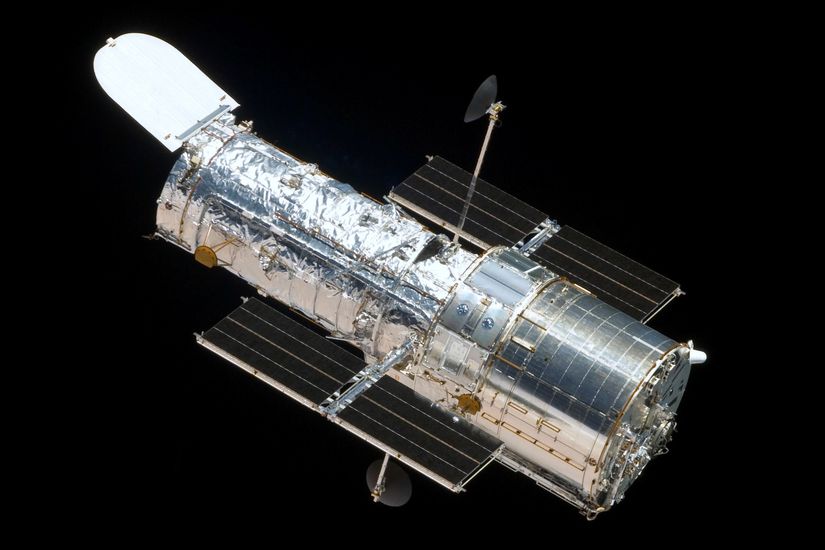American Ingenuity on Parade
The past half-century has produced some of the most significant and astounding inventions ever developed in human history, and many notable ones came to life in the United States. From advances in computing to critical innovations in our medicine cabinets, many American inventions on this list play a role in our daily lives, while others have had a broader impact on society as a whole. All, however, are uniquely American creations.



























































